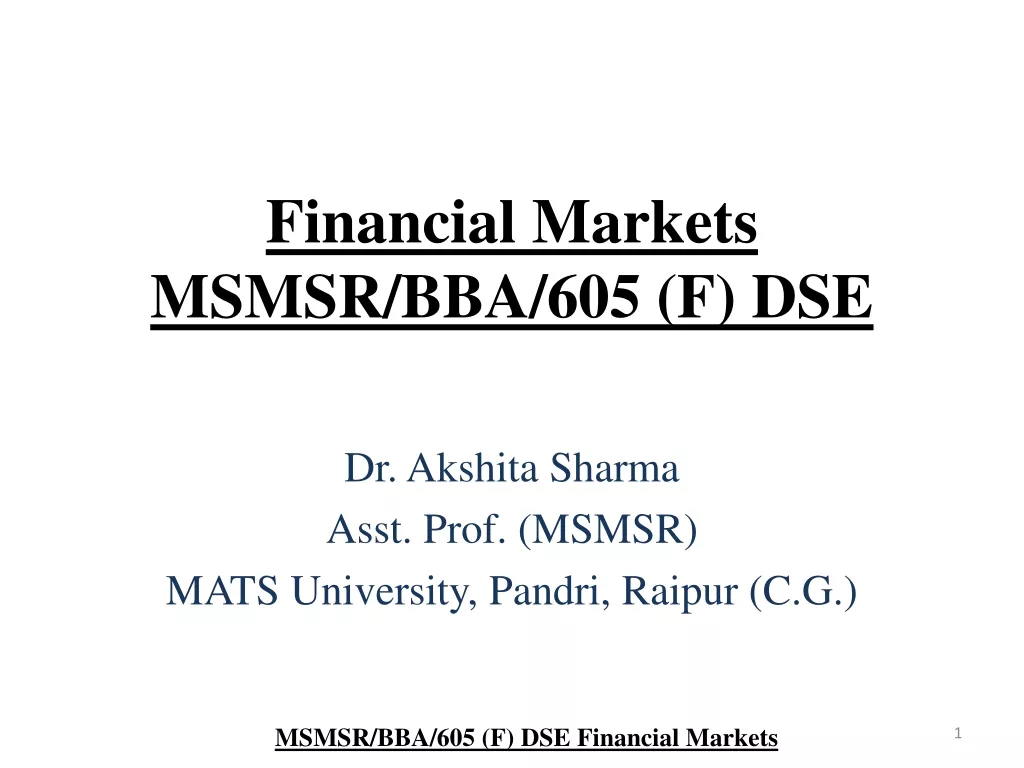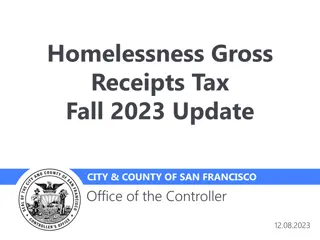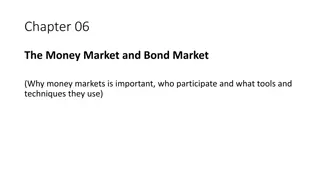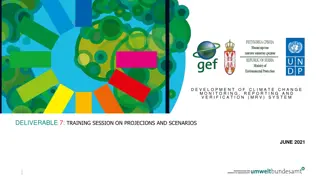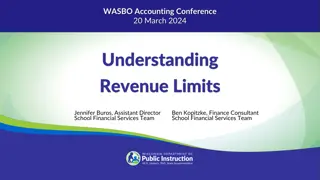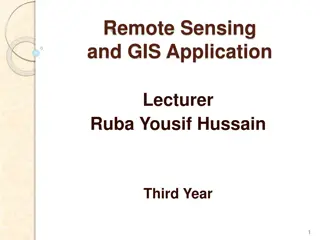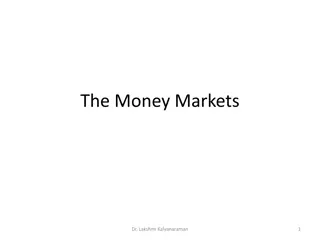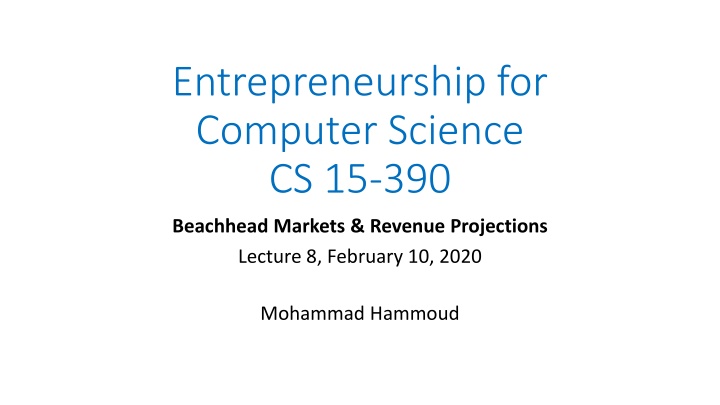
Selecting a Beachhead Market: Criteria and Strategies
Learn how to choose a beachhead market effectively by focusing on specific criteria such as customer affordability, accessibility, motivation to buy, readiness level, competition, legal barriers, scalability, alignment with values, and market size. Discover the importance of starting in a smaller market for learning and growth in entrepreneurship.
Download Presentation

Please find below an Image/Link to download the presentation.
The content on the website is provided AS IS for your information and personal use only. It may not be sold, licensed, or shared on other websites without obtaining consent from the author. If you encounter any issues during the download, it is possible that the publisher has removed the file from their server.
You are allowed to download the files provided on this website for personal or commercial use, subject to the condition that they are used lawfully. All files are the property of their respective owners.
The content on the website is provided AS IS for your information and personal use only. It may not be sold, licensed, or shared on other websites without obtaining consent from the author.
E N D
Presentation Transcript
Entrepreneurship for Computer Science CS 15-390 Beachhead Markets & Revenue Projections Lecture 8, February 10, 2020 Mohammad Hammoud
Today Last Session: Market research Today s Session: Beachhead markets & revenue projections Announcements: Project milestone 2 presentations will take place on Monday, Feb 17 Quiz I is on Wed, Feb 19
Beachhead Market In military operations, if an army wants to invade an enemy territory, the army may employ a beachhead strategy A beachhead strategy entails planning and focusing all time and resources on wining a small strategic boarder area This small area is called beachhead The beachhead market then becomes the stronghold to land troops and supplies for the bigger invasion to the enemy territory The 1944 invasion of Nazi-controlled Europe by the Allied forces is one of the most famous examples of a beachhead strategy
How to Select a Beachhead Market? Select a beachhead market via selecting just ONE market opportunity from your market segmentation matrix
How to Select a Beachhead Market? In many cases, there are multiple paths to success, hence, it is not imperative to choose the absolute best market Alongside, it is better to avoid selecting the largest or very large markets, even if they seem to be the best markets The first market you attack will be a significant learning experience (with perhaps a lot of failures) for you, so you are better off learning, persevering or pivoting in a smaller market But, what are the criteria to select a beachhead market?
How to Select a Beachhead Market? Some criteria that may prove useful in choosing your beachhead market: Is the target customer well-funded? (affordability metric) Is the target customer readily accessible to your sales force? (accessibility metric) Does the target customer have a compelling reason to buy? (motivational level) Can you today, with the help of partners, deliver a whole product? (readiness level) Is there entrenched competition that could block you? (competition level) Are there entrenched legalities that can block you? (legality barrier) If you win this segment, can you leverage it to enter additional segments (i.e., proceed to the bigger invasion)? (scale-up metric) Is the market consistent with your passions, values, and goals? (adherence level) What is the Total Addressable Market (TAM) size of this market? (TAM size)
What is TAM? TAM is the amount of annual revenue (in dollars) your company would earn if you achieved 100% market share in the chosen market Sweet Spot big enough to get positive cash flow Danger too big; veer to your left Uninteresting too small Beachhead TAM calculation is your sanity check that you are headed in the right direction
Calculating TAM To calculate TAM, you need to figure out and multiply the following two factors: 1. The estimated number of customers who will use your product or service 2. The estimated total revenue each customer is worth per year The first factor and part of the second factor can be determined using primary and/or secondary market research The final value of the second factor can be determined using your business model, which is a framework by which you extract from your customers some portion of the value your product creates for them (more on this later)
Example: A Shoe E-Commerce Platform Assume a specialized e-commerce platform for selling shoes online The platform does not own any inventory, but rather partners with existing shoe stores The platform does not own any delivery company (or department), but rather partners with existing delivery companies Simple business model: 8% of any package cost as a transaction fee from any shoe store $5 convenience fee from any customer for delivering her/his package Total Revenue Per Package = 0.08 package cost + $5
Example: A Shoe E-Commerce Platform Two required factors: The estimated number of transactions over this shoe e-commerce platform (say, 1000, 000) The estimated cost of per package/transaction (say, $35) The first factor is equal to the total number of people who buy shoes in the selected market (if they ALL buy shoes via ONLY this e- commerce platform) buying frequency This is an upper-bound, which is used in calculating TAM A conservative percentage can be assumed for more realistic revenue projections A sensitivity analysis can be performed assuming a range of percentages (more on this shortly)
Example: A Shoe E-Commerce Platform TAM = Estimated # of transactions Estimated revenue per transaction = 1000,000 ((0.08 35) + 5)) = $7800,000 Note that the business model was used in determining the final value of the second factor General Hints: If TAM < $5 million, it is possible that your venture has not identified a big enough beachhead market $5 million < TAM < $100 million is usually a reasonable TAM Anything over $1 billion certainly raises flags Important Note: Your advisors, partners, and investors know that these projections are only estimations (and most probably inaccurate), but they do still accept them because they give a good sense of your target market
Example: A Shoe E-Commerce Platform The revenue projection process can be fully formalized (via developing a mathematical model) and conducted over multiple years Assume: Estimated # of transactions = N Market Share = Transaction Cost = C Transaction Fee = Convenience Fee = Mathematical Model = ( N) ( C + )
Example: A Shoe E-Commerce Platform Alongside, you can vary the market share ( ) and observe how the projected revenue will change accordingly Revenue Projection Model Revenue Projection Model Revenue Projection Model Revenue Projection Model (( N) ( C + )) (( N) ( C + )) (( N) ( C + )) (( N) ( C + )) Number of Transactions (N) Transactions (N) Transactions (N) Transactions (N) Number of Number of Number of Market Share ( ) Share ( ) Share ( ) Share ( ) Market Market Market Transaction Fee ( ) Fee ( ) Fee ( ) Fee ( ) Transaction Transaction Transaction Package Cost (C ) Cost (C ) Cost (C ) Cost (C ) Package Package Package Convenience Fee ( ) Fee ( ) Fee ( ) Fee ( ) Convenience Convenience Convenience TAM TAM TAM TAM 1,000,000 1,000,000 1,000,000 1,000,000 1,000,000 1,000,000 1,000,000 1,000,000 1,000,000 1,000,000 1,000,000 1,000,000 1,000,000 1,000,000 1,000,000 1,000,000 1 1 1 1 0.08 0.08 0.08 0.08 0.08 0.08 0.08 0.08 0.08 0.08 0.08 0.08 0.08 0.08 0.08 0.08 35 35 35 35 35 35 35 35 35 35 35 35 35 35 35 35 5 5 5 5 5 5 5 5 5 5 5 5 5 5 5 5 $7,800,000 $78,000 $78,000 $7,800,000 $78,000 $156,000 $156,000 $156,000 $7,800,000 $78,000 $156,000 $390,000 $390,000 $390,000 $390,000 $7,800,000 0.01 0.02 0.02 0.02 0.01 0.01 0.01 0.02 0.05 0.05 0.05 0.05 In fact, you can vary any variable in your model and observe how the projected revenue will change accordingly This study is called sensitivity analysis
Example: A Shoe E-Commerce Platform Sensitivity Analysis: Market Share ( ) = 5% Market Share ( ) = 10% 600000 1200000 512500 1025000 425000 850000 500000 1000000 Revenue ($) Revenue ($) 390000 780000 400000 800000 300000 600000 200000 400000 100000 200000 0 0 0.08 0.1 0.15 0.08 0.1 0.15 Transaction Fee ( ) Transaction Fee ( ) You can also do revenue projections over multiple years (typically you would increase your market share every year by a certain %)
The China Syndrome You might be inclined to choose a huge existing market, assuming that you can easily acquire a tiny fraction of it, and reap the rewards! This is referred to as the China Syndrome For instance, if you can acquire 0.1% of the toothbrush market in China (population 1.3 billion), would not you make a lot of money? How would the logic go?
The China Syndrome The logic goes as follows: A reputable site on the Internet says that China has over 1.3 billion people If all these people have teeth, the market size would be 1.3 billion customers I can build a toothbrush for the Chinese market, and maybe I will get 0.1% market share in the first year If each person buys 3 toothbrushes a year, I could sell 3.9 million toothbrushes per year If I sell each toothbrush for $1, I would have $3.9 million in sales the first year, with lots of room to grow! Is there any problem with this logic?
The China Syndrome This logic has several problems such as: It did not demonstrate in a compelling manner why people will buy your toothbrush It did not show why your market share would increase over time It did not validate any of your assumptions by learning directly and/or indirectly from/about your market Perhaps, you have never been to China! After all, if entrepreneurship were this easy, would not everyone sell toothbrushes to China? Do not get ensnared by The China Syndrome Do your revenue projections ONLY after you do market segmentation, and primary and secondary market research
Next Class Business Models

